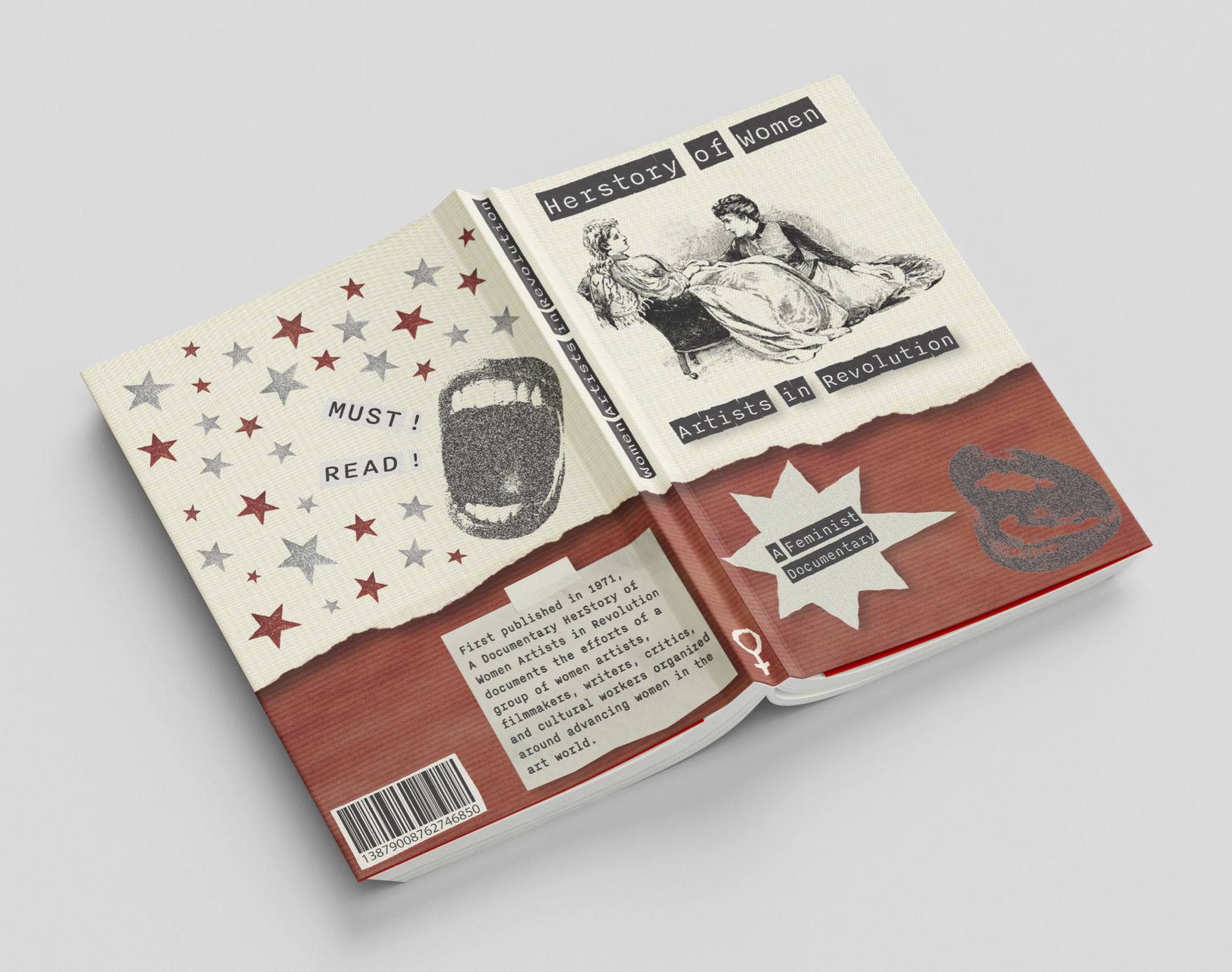WEEK 2 FOLLOW UP TASK


For this project, I used a mix of digital assets and Risograph printing however, a few ways I could have incorporated technology could have been through animation and data-driven design.
By using data-driven design, I could have experimented more with different patterns and layouts, especially with the risograph-focused design. This could have given my designs a more natural flow and helped them feel less rigid.
Because this book cover was for the book ‘Herstory of Women Artists in Revolution’, I tried to keep the cover designs somewhat historical and handmade looking, but if I’d used technology like data-driven design, then the designs would be a lot more modern and perhaps would have missed the point of the book.
I also think that if I had used any technology like AI, the designs might have come across as stereotypical. For example, if I had used AI to create a list of what 16 – 40 aged women (My target audience for this project) typically looked for in book covers or asked AI to write a code that would draw a pattern that women in this age group would be drawn to, then I would probably end up with something that reinforces harmful stereotypes on what women should be drawn to or like. This would completely miss the point of the book that the cover was designed for.
Should I do a project that I feel would benefit from data-driven design, I would like to learn it and help it influence my work, but my reflection has shown me that not all projects need, or will benefit, from advanced technology. In the future, I would still base my use of technology, such as AI or data-driven design, solely on whether I feel the project needs it. I believe that AI should only be used when necessary, which I think is rarely, and I will continue to believe that until it is guaranteed that AI isn’t stealing work, harming the environment, and making people somewhat lazy.